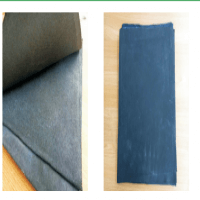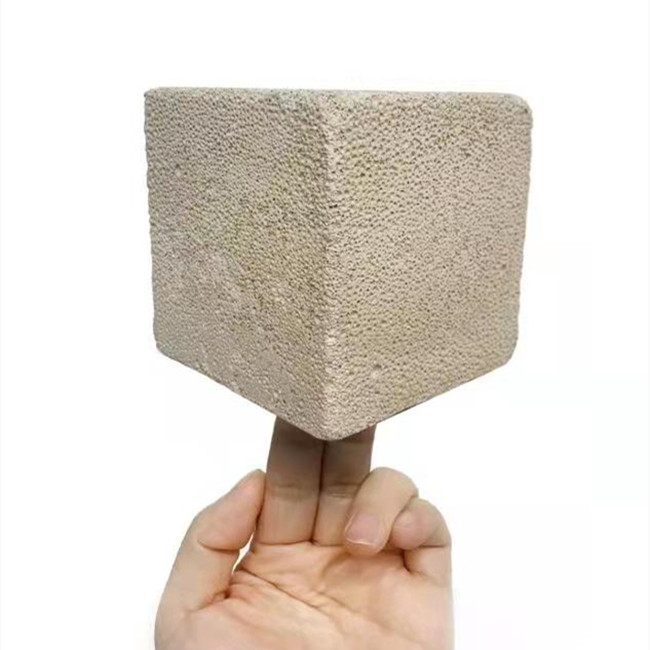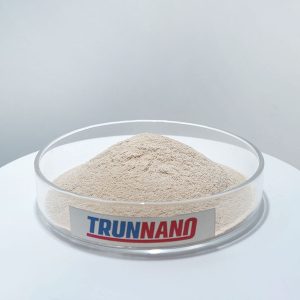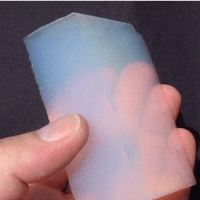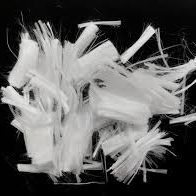Professional solutions on concrete addtives, Concrete Foaming Agent, Superplasticizer, CLC Blocks Additives, and foaming machine
(Foaming Agent for Lightweight Concrete)
The use of the right category of foaming agent makes a huge difference to products such as lightweight concrete. Foaming agents are chemicals that reduce the surface tension of liquid to produce a high strength concrete.
Various types of foaming agents are used to create foamed concrete such as protein, synthetic and other non-protein based foaming agents. The properties of the foamed concrete are controlled by its properties of stability, compressive strength, drying shrinkage, and microstructure.
A mixture of water, cement and the foaming agent is mixed in a mixer to produce a stable foam. The foaming agent may be a glycerol-based emulsion or a surfactant containing a stabilizer.
For optimum results, the proportion of the foaming agent in the mix should be about 0.6 to 0.8% by weight of the concrete. At percentages higher than this, no corresponding increase in desirable properties such as the desired lightness of the concrete is imparted.
The compressive strength of the foamed concrete produced by the addition of foaming agent varies inversely with the proportion of the foaming agent, up to about 1% by weight of the concrete. The compressive strengths of the foamed concrete with the added foaming agent were 5.9 +- 0.2 MPa, 5.1 +- 0.2 MPa, 3.8 +- 0.3 MPa and 1.4 +- 0.2 MPa for specimens having densities of 500, 700 and 800 kg/m3, respectively.
The size of the air bubbles is important to the foaming strength of the concrete. Larger bubbles tend to collapse first. Specimens with a density of 700 and 800 kg/m3 had more air bubbles up to 3.5 mm in diameter.
(Foaming Agent for Lightweight Concrete)


